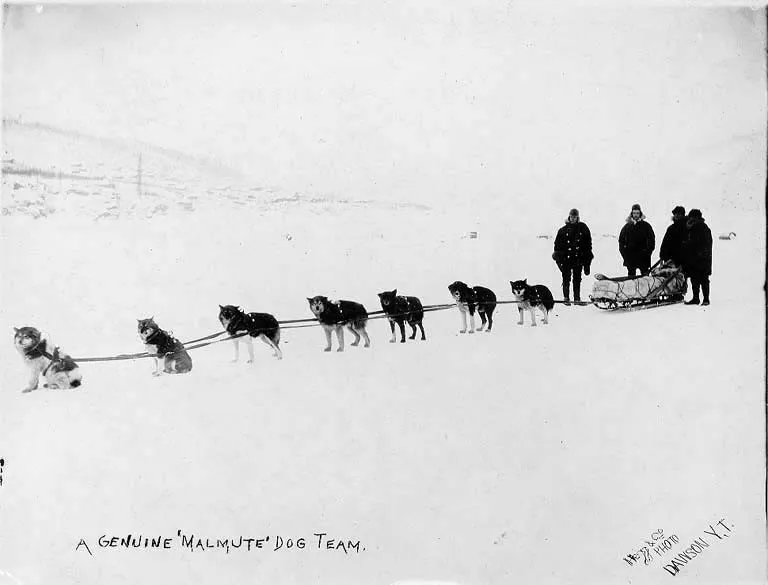
Jack London’s boyhood home burned down many years ago. Near its location at Third & Brannan Streets in San Francisco, the historical society affixed a plaque commemorating the place where the writer was born. Despite being a fan of London’s books, I never knew anything about his birthplace. So it was something of a surprise to see this commemorative plaque one day during a walk from downtown San Francisco to a ballgame at Third & King.
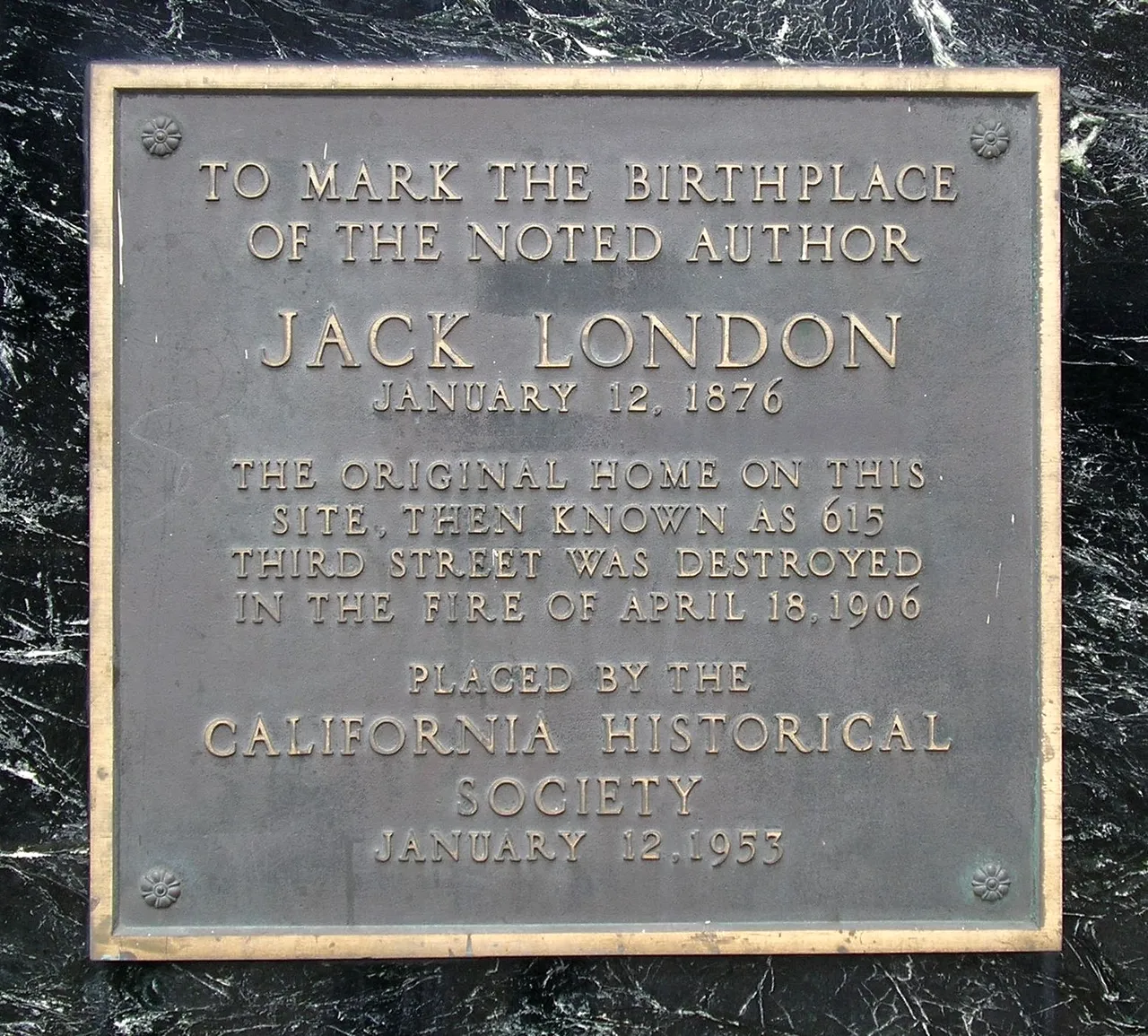
California Historical Society
In fact, I didn’t notice the plaque. My daughter did. And at age 10, she’s already read the abridged versions of Jack London’s iconic works, The Call of the Wild and White Fang. Both are about dogs and take place largely in the Yukon Territory of Canada (via Skagway, Alaska) during the Klondike Gold Rush of the 1890s, a world which Jack London experienced firsthand.
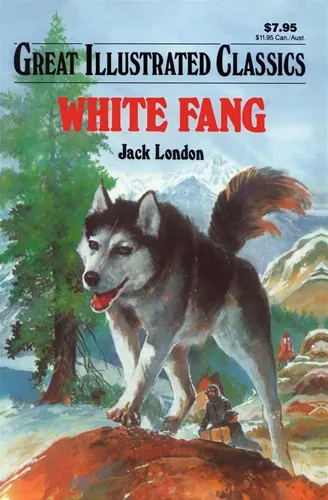
On the cover of my daughter’s White Fang book, there is a picture of a dog that looks like a husky. But it’s a little too husky for a husky. When you get huskier than a husky and the tail curls upward, then it’s probably not a husky but another dog which is larger but nearly identical in appearance: the Alaskan malamute. When Jack London envisioned the wolf-dog hybrid who was the central character in White Fang, perhaps he was imagining something like the malamute, one of Alaska’s native working dogs. We do know that the dog in The Call of the Wild was based on a real life dog that London had known, though it was a different breed. Movie versions of both these books used malamutes, which are descendants of the Arctic Wolf and of earlier domestic breeds.
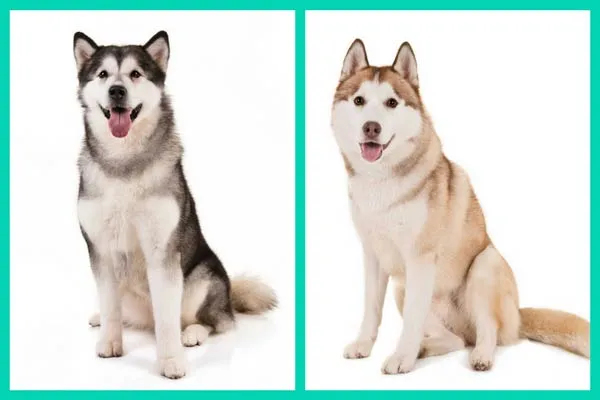
Alaskan malamute vs. Siberian husky. The malamute is heavier and its tail curls up, but they can be difficult to distinguish. To complicate matters, Alaskan huskies can be hybrids. akc.org

An Inuit family with a malamute (according to the record, though the dog's face is not visible), 1915. Public domain.
Malamutes were developed by an Inuit people called the Mahlemuts or Malamiuts, who probably began breeding these dogs for their winter hardiness and their ability to carry heavy loads. They have been used for pulling sleds, for hunting, and for protection from animals as fierce as polar bears. Some believe these dogs came with people into the New World as they migrated from Siberia into Alaska. Like most primitive, indigenous dogs from around the world, malamutes feature pointed ears and a tail that curves upwards. They have a heavy coat, which is a necessity for northern dogs.
The Alaskan malamute is one of the breeds used in dog sledding, including in Alaska’s famous cross-country Iditarod race. Here is a video of someone dog sledding with malamutes.
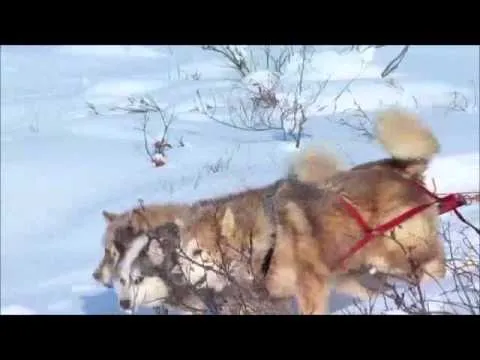
The first time I hear about something, I often dismiss it. The second time, it rings a bell in my mind suggesting that I pay more attention. When I hear something a third time, I know it’s a pattern or a trend, and if I don’t pay attention it will fly right by me (or perhaps already has). In this case, I was not looking for another malamute reference so soon (especially after I wrote a recent post about wolves!). But a pattern emerged, and even if it was the product of random coincidence, that convinced me to write a post about these dogs.
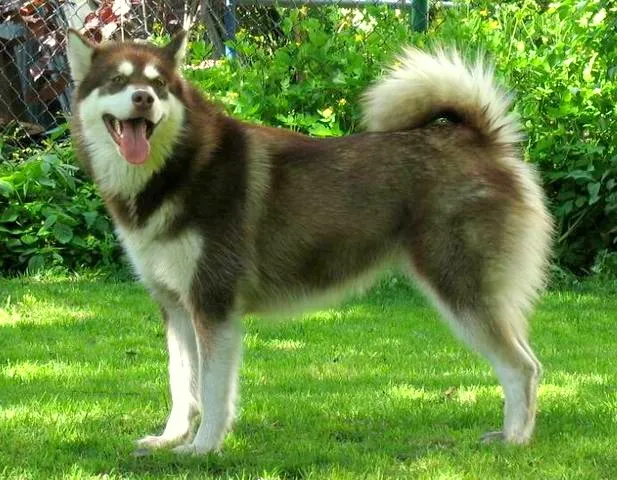
Malamute. Creative Commons via Flickr.com by giardetoteam.
You can’t predict fate. It was less than two weeks later that my other daughter and I were walking our terrier mix at the local park. Suddenly, there was a burst of white from the football field and WHAM! A huge dog jumped on my daughter. It looked like a large Husky and it was friendly; it had jumped on her because it liked kids and wanted to play. When the owner came over and apologized for the dog’s behavior, we learned that it actually was an Alaskan malamute, not a Husky, and that its name was Comet.
The third time malamutes came up was when I was reading about Star Wars and the origin of some of its characters, having recently watched the Solo movie. And there, within the article I was reading, was an obscure fact I had not remembered: the character of Chewbacca in Star Wars was inspired by a malamute. It was Star Wars creator George Lucas’ dog, named Indiana, a name which also works into the fictional storyline of the Indiana Jones and the Last Crusade movie. George Lucas’ malamute dog inspired the Chewbacca character because it used to sit in the passenger seat of his car and he liked the idea of a furry co-pilot. The dog also served as namesake for the Indiana Jones character (who originally was called Indiana Smith until George Lucas had a conversation about it with Steven Spielberg while the two were building a sandcastle on a vacation to Hawaii; Spielberg told him Jones would be better than Smith).
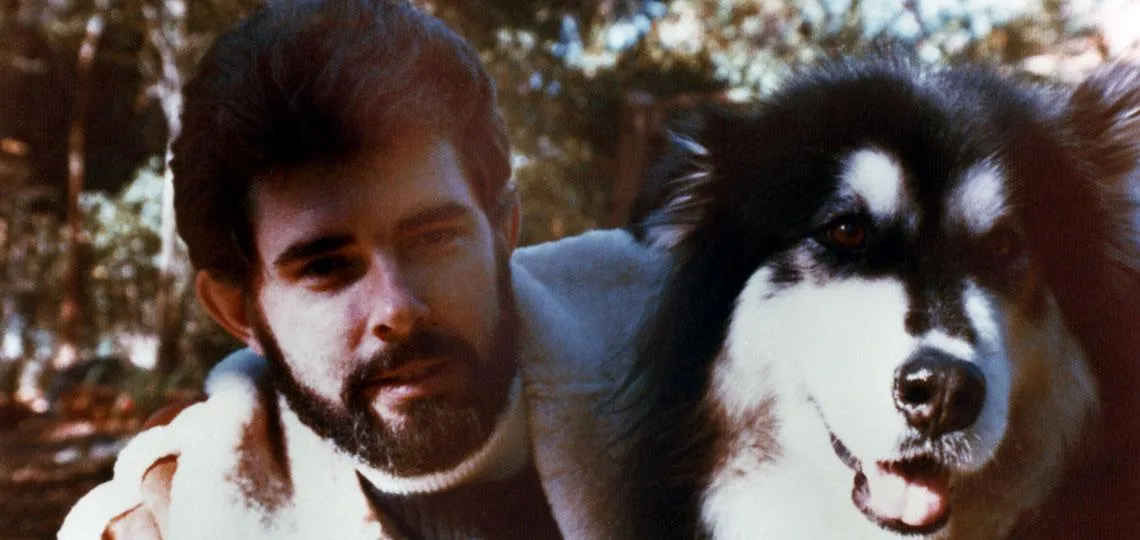
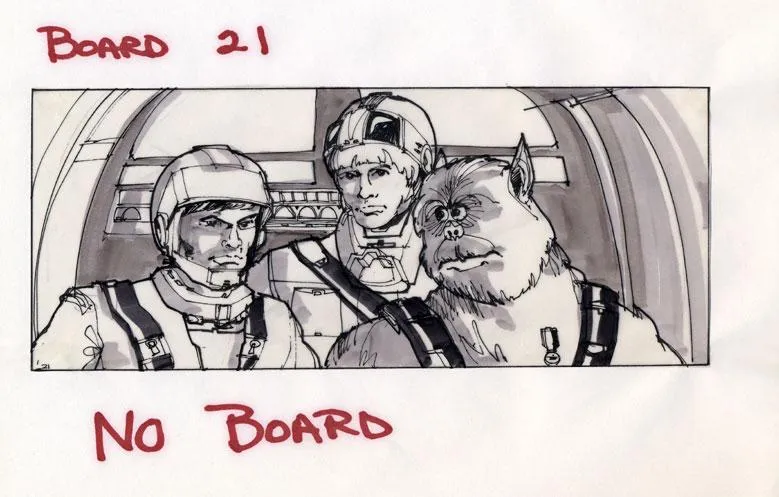
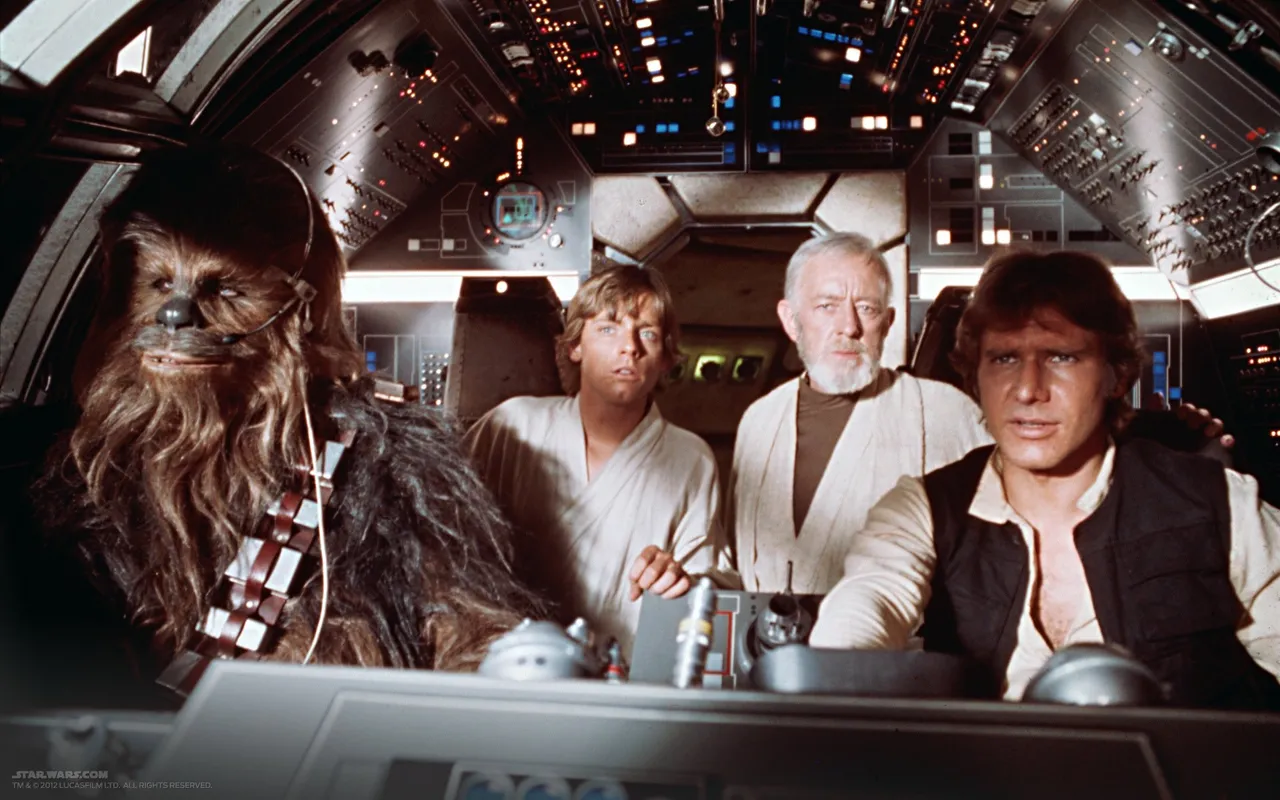
Chewbacca apparently began as a malamute. Here, you can see the storyboard for Star Wars, which made Han Solo's co-pilot look more like a dog than a sasquatch. Last image is the final Chewie in Star Wars from Lucasfilm. The first two images are courtesy of the Denver Art Museum.
You might think Chewbacca is cute. You might think that a furry, wolfy-looking huskier-than-a-husky is cute. But let me tell you something...
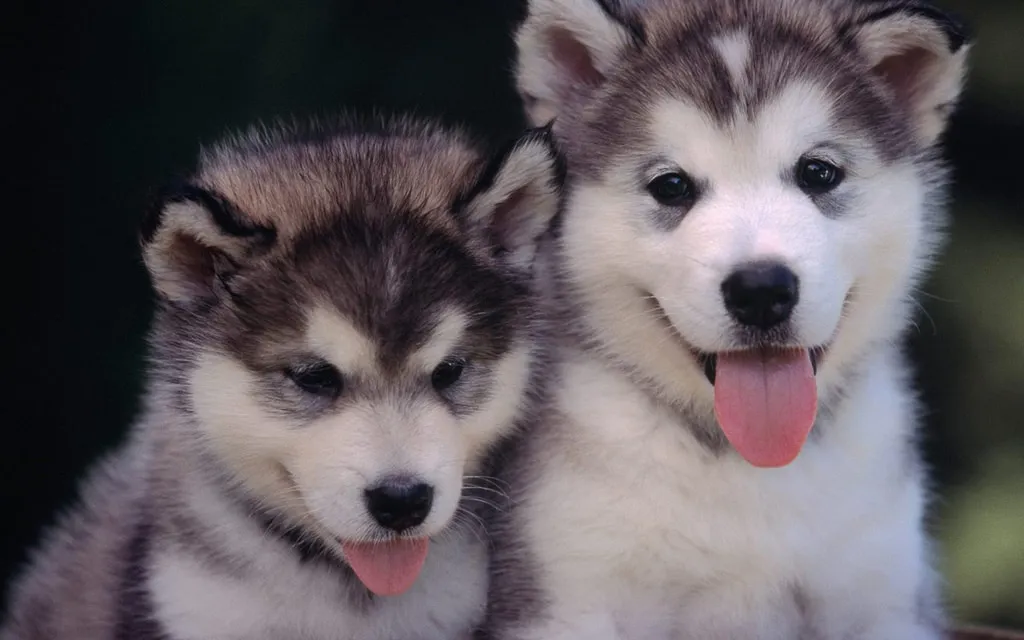
Malamute puppies. Creative Commons via Flickr.com by KittyGreen.66.
You haven’t seen cute until you’ve seen a malamute puppy. On my one and only trip to Alaska, my family stopped by a training facility for the Iditarod sled dog race that is held annually through the frozen landscape of Alaska. The sled dog puppies, mostly huskies, malamutes and mixes, had been born just a few weeks earlier. We held and petted some malamute puppies, which rolled all over us, and my kids couldn’t wait to get one of their own (a few years later, we did get our dog, though he’s a scruffy little goofball who does not resemble a sled dog). In practice, most Iditarod dogs are not purebreds, but mixes between traditional Northern dogs like huskies, malamutes, samoyeds, and additional breeds which provide desirable characteristics, such as border collies and greyhounds.
Like primitive dogs, the lead character in White Fang was born wild, but became domesticated. The first humans who found him did not treat him well; he became ill-mannered and turned into a fighting dog. Over time, another owner worked to tame him his fury. Eventually the dog in this story ended up further south in Jack London’s native California. He saved the life of the family patriarch and thereafter earned himself an easier life lounging in the warm sun.
The warm sun provides a good life for dogs, but it can get a little too hot in the summertime. My dog needs to be shaved at least twice during the warm parts of the year. He doesn’t have arctic fur, but he’s probably better suited for the cool weather of the Scottish Highlands than for hot, arid climes. I can only imagine that a thick-coated dog like a malamute would feel uncomfortable during summer months also. But I can’t imagine Chewbacca being shaved and I’m quite sure Jack London never wrote about doggy grooming salons.

A well-groomed Chewbacca might start singing old Ricky Skaggs tunes. Credit for that idea goes to http://owlcorn.blogspot.com. Hey, that's amazing, Skaggs and Skagway both fit in the same post.
References:
https://a-z-animals.com/animals/alaskan-malamute/
https://en.wikipedia.org/wiki/Raiders_of_the_Lost_Ark
https://en.wikipedia.org/wiki/Jack_London
https://en.wikipedia.org/wiki/White_Fang
http://mentalfloss.com/article/56801/15-chewbacca-facts-honor-peter-mayhews-birthday
https://denverartmuseum.org/article/how-george-lucas-dog-inspired-chewbacca
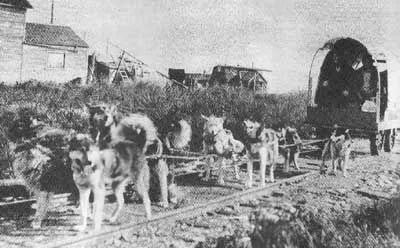
The top picture and this one show malamutes as working dogs in the late 1800s or early 1900s. They've often pulled sleds. This picture shows them pulling wagons full of Gold Rush miners and gear.